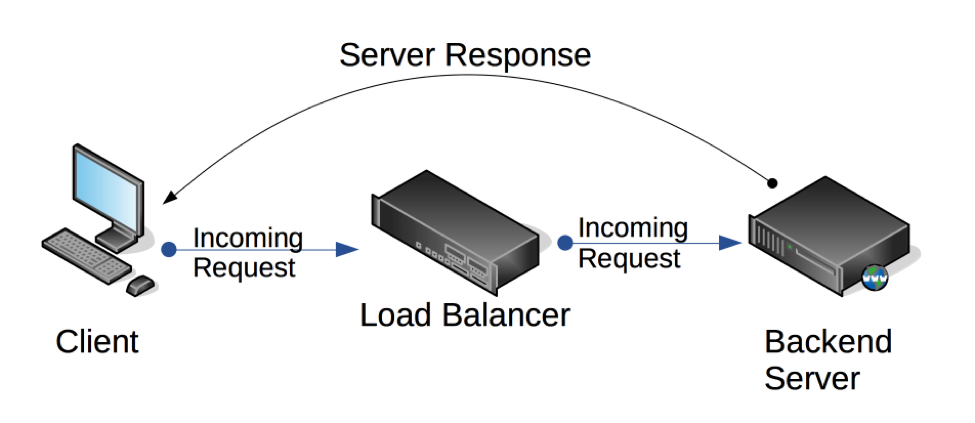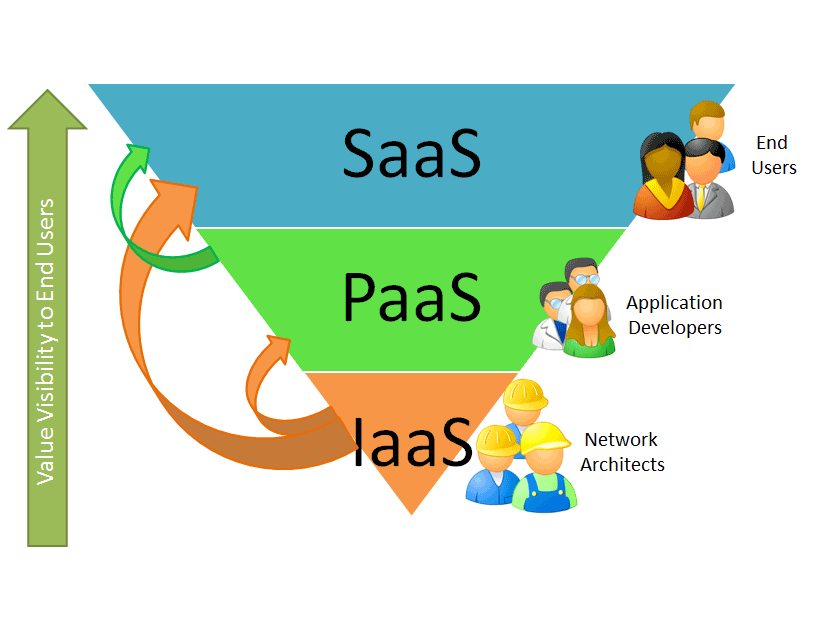Certified Ubuntu Images Available in SoftLayer
In partnership with Canonical, we are excited to announce today that SoftLayer is now an Ubuntu Certified Public Cloud Partner for Ubuntu guest images.
For clients, this means you can harness the value of deploying Ubuntu certified images in SoftLayer. The value to our clients includes:
- Running Ubuntu on SoftLayer’s high performance and customizable virtual and bare metal server offerings
- Ubuntu cloud guest image updates with enablement, publication, development, and maintenance across all data centers. Customers will have the latest Ubuntu features, compliance accreditations and security updates
- Quality assurance ensures that customers enjoy one of the highest-quality Ubuntu experiences, including some of the fastest security patching of any Linux provider
- Archive mirrors for faster updates retrieval for Ubuntu images
- The opportunity to engage with Canonical for enterprise-grade support on Ubuntu cloud guest images, and use Landscape, Canonical’s award-winning system monitoring tool
In a continued effort to enhance client experience, SoftLayer’s partnership with Canonical assures clients as they look to accelerate transformation on Ubuntu workloads with a consistent SoftLayer experience.
“Canonical has a broad partnership with IBM with Ubuntu images already available on LinuxOne, Power and Z Systems,” said Anand Krishnan, EVP, Cloud, Canonical. “By signing this new public cloud partnership with SoftLayer we have made Ubuntu images available for its customers.”
Canonical continually maintains, tests, and updates certified Ubuntu images, making the latest versions available through Softlayer within minutes of their official release by Canonical. This means that you will always have the latest version of Certified Ubuntu images.
Please visit these pages for more information:
Find an Ubuntu Partner
Ubuntu Certified Public Cloud
About Canonical
Canonical is the company behind Ubuntu, the leading OS for container, cloud, scale-out and hyperscale computing. Sixty-five percent of large-scale OpenStack deployments are on Ubuntu, using both KVM and the pure-container LXD hypervisor for the world’s fastest private clouds. Canonical provides enterprise support and services for commercial users of Ubuntu.
Canonical leads the development of Juju, the model-driven operations system, and MAAS (Metal-as-a-Service), which creates a physical server cloud and IPAM for amazing data center operational efficiency. Canonical is a privately held company.







